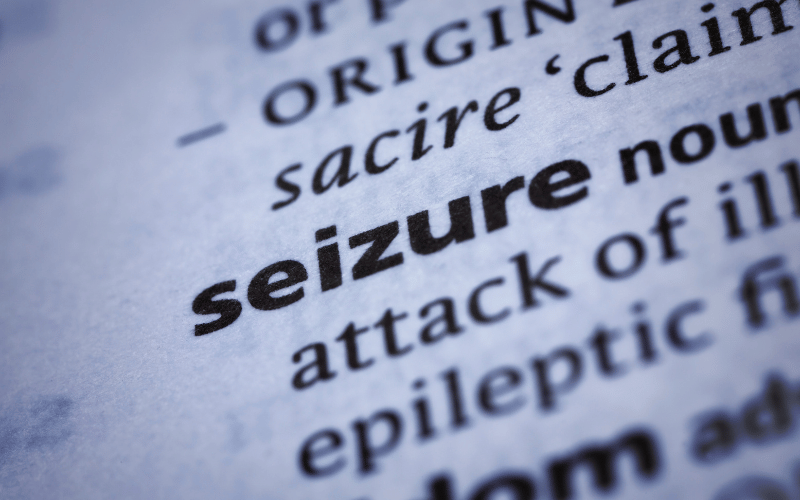Symptom 2: Episodic Seizures

Another quintessential symptom of myoclonic epilepsy is the occurrence of episodic seizures. These seizures can be of various types, adding another layer of complexity to the condition. For example, individuals may experience myoclonic seizures, absence seizures, or tonic-clonic seizures. Each seizure type presents with distinct characteristics and manifestations.
Myoclonic seizures, similar to the myoclonic jerks discussed earlier, are characterized by quick, shock-like muscle contractions. Absence seizures, on the other hand, are marked by a brief lapse in consciousness, often mistaken for daydreaming or inattentiveness. In contrast, tonic-clonic seizures, previously known as grand mal seizures, are more severe, causing muscle rigidity (tonic phase) followed by convulsions (clonic phase).
The unpredictable nature of these seizures can make living with myoclonic epilepsy a challenge. The lack of warning signs often leads to feelings of anxiety and apprehension. It’s common for individuals to be constantly on edge, fearing the occurrence of the next seizure episode. These emotions, combined with the physical exhaustion that often follows a seizure, can significantly impact the person’s quality of life. (2)